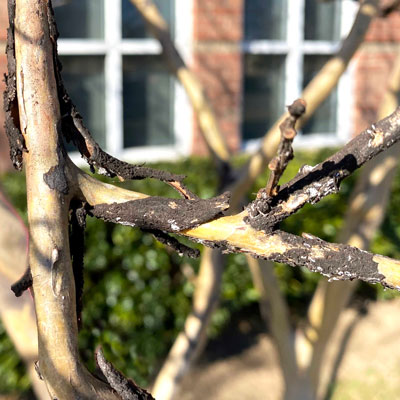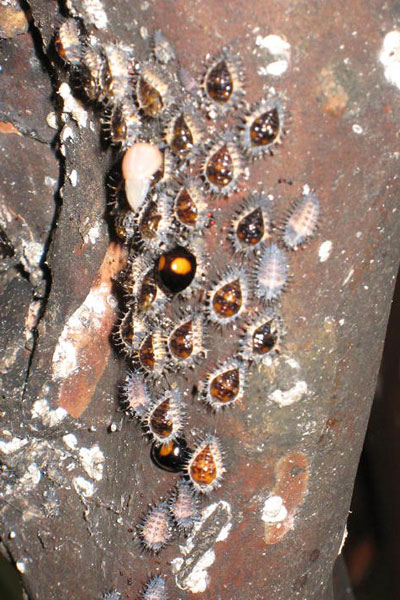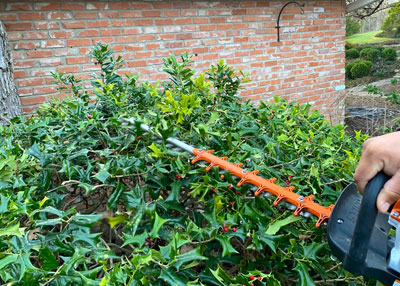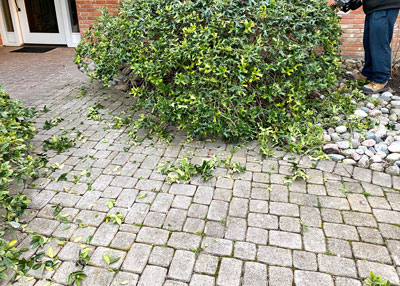A couple of shrub things…
As I mentioned, normally I would have covered these two topics in separate stories, but they’re both too timely to save. They’re just going to have to share the spotlight.

Crape myrtle bark scale…
The first thing people ask me about this problem is, “Neil, how can I get rid of that ugly black mold?” They’re almost in panic mode as they ask.
Once I get them settled down, I explain that they’re seeing black sooty mold fungus (never fatal), and that it has developed in the sticky honeydew residue left behind as crape myrtle bark scale (insects) have been feeding on the twigs and leaves of their crape myrtle.
So, the point here is that to get rid of the mold you must get rid of the scale.
Research done by Texas A&M has shown us that the systemic insecticide Imidacloprid applied as a soil drench around the middle of May does the best job of eliminating the scale insects as they start feeding. Horticultural oils and most other consumer insecticides don’t work as well.

There also is a ladybug species that feeds voraciously on this particular type of scale. It has black wings with two conspicuous orange dots on its back, giving rise to the common name of “twice-stabbed” ladybug. They are very much your allies.
And … very important: crape myrtles shed last year’s bark as the growing season begins. You are seeing that happen in the photo above that I took last week in McKinney. As it falls to the ground the old dead scale remains (all that was left after the ladybugs finished their feeding) will go with it.
It would also help if you took a bucket of warm, soapy water and scrubbed the trunk and major stems, but that’s negotiable. The main point is that if you’ve had a problem with this scale insect, mark the calendar for mid-May for your soil drench of Imidacloprid.

How I trim my hollies…
You may have seen or heard my comments that I’m not an advocate of shearing shrubs into squares and boxes. However, one time each year I give most of my dwarf and mid-sized hollies a trim to maintain their size and natural growth form. That time is usually mid-February, but it’s definitely before the burst of new spring growth. This year, because of the cold spells, I’m just getting around to it.

This is a planting of dwarf Chinese hollies that flanks one side of our front walk. They’ve been growing there for 40 years, and they’re as large as I want them to be. Each spring we take 1 to 2 inches of tip growth off them just to keep things evened up.
I do the same thing with my Carissa hollies on the opposite side of the walk. I planted them 35 years ago when my Snow White Indian hawthorns came down with Entomosporium fungal leaf spot (first case of it I had seen at that point).
I follow these trimmings up with an application of the same fertilizer I apply to my turfgrass (no weedkiller ever in my lawn foods – I do those things separately). When the new growth comes out the plants are symmetrical and luxuriant. This is a process I’ve been repeating for all 35 years very successfully.
